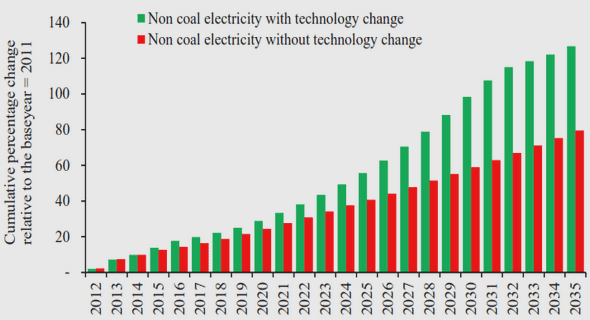(Downloads - 0)
For more info about our services contact : help@bestpfe.com
Table of contents
Chapter I: General introduction
1. Introduction
2. Outline of the thesis
Chapter II: The use of Raman spectroscopy in the pharmaceutical environment: theory and applications
1. Raman spectroscopy
1.1. Theoretical aspects
1.2. Raman chemical imaging
1.3. Applications in the pharmaceutical environment
2. Chemometric tools
2.1. Data pre-processing
2.1.1. Spike correction
2.1.2. Baseline correction
2.1.3. Normalisation
2.1.4. Derivatives
2.2. Multivariate data analysis
2.2.1. Principal component analysis
2.2.2. Independent component analysis
2.2.3. Multivariate curve resolution-Alternating least squares
3. Identification of a low dose compound
3.1. Definition of a low dose compound
3.2. The sampling aspect
3.3. Data analysis aspect
3.4. Contributions of the thesis
Chapter III: Use of blind source separation approach for pure spectra determination and spatial distribution of constituents
1. Introduction
2. Materials and methods
2.1. Samples
2.2. Raman imaging system
2.3. Pre-processing
2.4. Independent Component Analysis (ICA)
2.5. Data analysis
3. Results & discussion
3.1. Selection of number of independent components
3.2. Distribution of API
4. Conclusions
Chapter IV: Use of multivariate curve resolution for identification of a low dose compound
1. Introduction
2. Materials and Methods
2.1. Samples
2.2. Raman imaging system
2.3. Pre-processing
2.4. Multivariate Curve Resolution-Alternating Least Squares (MCR-ALS)
3. Results and discussion
3.1. Exploratory analysis
3.2. MCR-ALS
3.2.1. Non-negativity and local rank constraints
3.2.2. Effect of PCA filtering on MCR-ALS results
3.2.3. Pure spectrum augmented matrix
4. Conclusions
Chapter V: An alternative method for presence/absence maps determination by orthogonal projections
1. Introduction
2. Theory
2.1. Notations
2.2. Pretreatment using orthogonal projections
2.3. Multivariate curve resolution-alternating least squares (MCR-ALS)
2.4. Proposed approach to determine presence/absence maps of compounds to set local rank constraints
3. Materials and methods
3.1. Raman microscopy
3.2. Samples
3.2.1. Simulated data
3.2.2. Real dataset
4. Results and discussion
4.1. Principal component analysis (PCA) on pure images
4.2. Proposed approach on simulated data
4.3. Proposed approach on real dataset
5. Conclusions
Chapter VI: An iterative approach for compound detection in an unknown formulation
1. Introduction
2. Materials and methods
2.1. Notations
2.2. Samples
2.3. Raman imaging system
2.4. Spectral library
2.5. Proposed approach
2.5.1. Spectral distances
2.5.2. Identification of the pure compound
2.5.3. Orthogonal projection
2.5.4. Overview of the iterative approach
3. Results and discussion
3.1. Identification of the tablet compounds
3.2. Multivariate curve resolution-alternating least squares
4. Conclusions
Chapter VII: Conclusions and future work
1. Introduction
2. Main contributions
2.1. A flashback to the beginning of this work
2.2. Applications of a blind source separation methodology
2.3. Applications of multivariate curve resolution
2.4. Alternative method for presence/absence map estimations
2.5. Compound detection in an unknown formulation
3. Limits and future work




